Armenian Music Museum
Museums are where you can experience and get familiar with the customs, culture, and art of each generation. These places are important for getting a sense of the past and distant times of the cities. The city of Isfahan is no exception to this. There are various museums all around the city of Isfahan. However, recently, a museum in the Armenian neighborhood of Isfahan, Julfa, has been established, which is slightly different from other museums. Isfahan’s Armenian Music Museum is the first museum of its kind in Isfahan for its being an experimental and interactive museum. The architects of the Armenian Music Museum have done their best to give the visitor a different impression and experience.
The history of Armenian Music in Iran
Shah Abbas, based on his war and socio-economic policies, decided to relocate the Armenians and bring them to Iran. Armenians had to cross the Aras River and enter Iran on short notice. About 300,000 Armenians left for Iran. Naturally, there were musicians among these immigrants. They brought their culture and customs along with them to Iran.
Art has always been an integral part of human culture. Accordingly, music is the very symbol of art. Just like any culture, Armenians too had their style of singing and composing music. In a way, what they brought with themselves, such as the instruments and styles of music, were gifts to the Iranians.
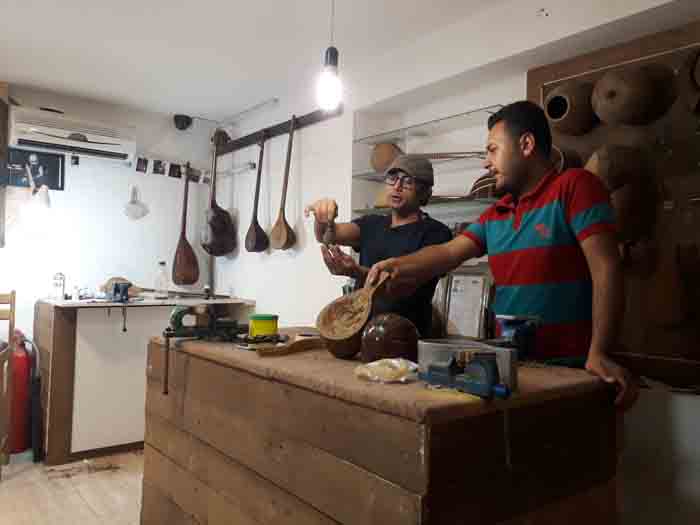
Influence of Armenians on Iranian Music
Freedom of holding their religion, festivals, and ceremonies allowed them to preserve their culture. Over the years, they not only managed to preserve their works and style of music but also expanded it and influenced Iranian music.
Their influence became more apparent in modern and contemporary Iran. This influence was to the point that for various reasons, they were able to make the world of Iranian music to Western music to connect. Viguen Derderian is one of the influential figures in this matter. Viguen, known as the king of Iranian jazz, for the first time performed Iranian music with only Western instruments.
Andranik Madadian is also another prominent music figure, who was the first Iranian to have his name on the Hollywood Walk of Fame. Andy is one of the Armenian-Iranian musicians. It is not possible to go to an Iranian Party and not hear one of Andy’s upbeat songs playing.
Armenian Music Museum of Isfahan
Based on the cultural background, the influence and importance of the Armenian music, in April 2021, a museum was set up in the Julfa neighborhood and Sangtarasha Street. In this museum, Armenians and their music have been specifically studied and an attempt has been made to tell the role of music in the Armenian religion and culture to the visitors with the help of exhibiting historic items, documents, and images.
The Building of the Armenian Music Museum
The building where the Music Museum is established was purchased by Ms. Abrahamian in 1958. From then, this building was used as an orphanage. Orphaned Armenian children lived there under the management of the Isfahan Armenian Women’s Charity Association. In 2004, when the building was vacated, the Armenian Caliphate of Isfahan proposed turning it into a place for the church choir to practice and teach music.
Points of Interest of Isfahan’s Armenian Music Museum
The Road Map
The museum is designed on two floors. In this post, we will focus only on the most notable parts of this sophisticated museum. There is a map on the first floor. This map shows the route Armenians took after they were forced to immigrate in 1604-1606 AD. Accordingly, this map shows the route of the Armenians who came to Isfahan from Julfa near the Caucasus Mountains. In memory of where they had come from, New Julfa was the name they gave to their new neighborhood in Isfahan. In the next section, there are pictures of the tombstones of Armenian musicians and conductors. These pictures show the great love and interest of Armenians in music.
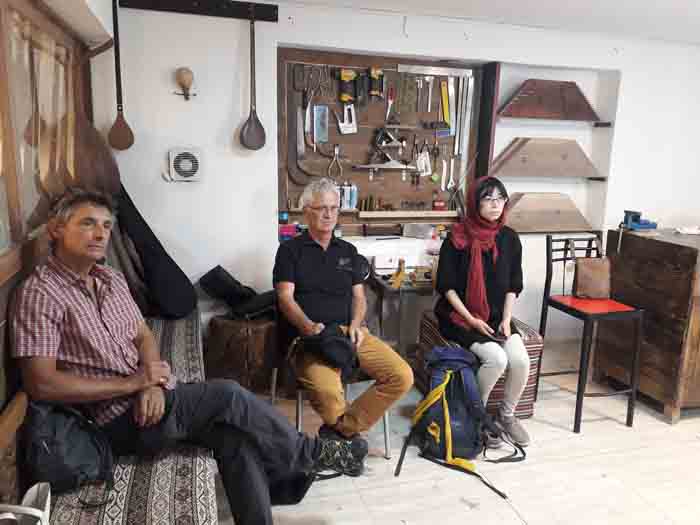
Khaz and Khaz Writing
Interestingly, Armenians used Khaz and Khaz writing to record their music in the middle Ages. Khazs are written symbols that are used for transmitting meaning from spoken to written language. Khaz writing was invented by clergymen in the 5th century AD at the time of the invention of the Armenian alphabet. In other words, Khaz is a type of music note that helped Armenian musicians to establish principles for their music. An example of an older version of Khaz writing can be found in this section of the museum.
Liturgical Music
Music has been widely used in the daily life of Armenians and the performance of their religious rite. Armenian’s Liturgical music is composed of different types of bells and instruments made of silver, copper, and bronze. This music played an important role in the church service ceremony. Liturgical music is believed by the Armenians of Julfa to be a means of inviting believers to church, casting out evil spirits, and counteracting natural and supernatural calamities.
One of the instruments for inviting nuns at nights for the whispering prayer ceremony was Chobnak. This instrument is made out of carved wood and is played by wooden hammers. Kashtous are mainly silver and copper instruments with small bells around them. Church ministers play this instrument by turning them around during religious services. This part of the museum is full of instruments that visitors can pick up and try out to hear the music they play.
Ashogh
In another part of this museum, Ashoghs can be seen. From the 17th century, a group emerged in Armenia with the profession of reciting and singing. They were, in fact, the followers of the Gaussians. Notably, they were considered prowlers. The Ashoghs went door-to-door to express words of love, advice, religion and history by their voices and instruments.
There is an interesting story behind the journey of reaching the degree of Ashoghi. Every Armenian who loved the profession of Ashoghi had to serve a master of Ashogh from his teenage years. He must accompany his master on all his prowls and travels. Learning to improvise was one of the challenges these teenagers faced. After years of learning how to Ashogh, they had to improvise in front of their masters. If the masters were pleased, he could have now joined the House of Ashogh. The master would have slapped the young man hard which was an indication of him being accepted as an Ashogh. The mentioned tail was only a part of the cultural aspect of Armenian music.
The Second Floor of the Museum
The second floor of the museum is dedicated to the concert hall, audio library, music training room, instrument workshop, and finally the hall showcasing prominent figures of Armenian music in Iran and the world.
In the End…
The Armenian Music Museum which is somehow the first experimental and interactive museum in Isfahan represents only a part of the cultural gifts that Armenians brought to Iran from their ancient homeland, present-day Armenia. Armenians have greatly transformed the intangible heritage of the art industry, especially Iranian music. This museum can also be considered as a symbol; of the ancient cultural influence of Armenians on the Iranian society…

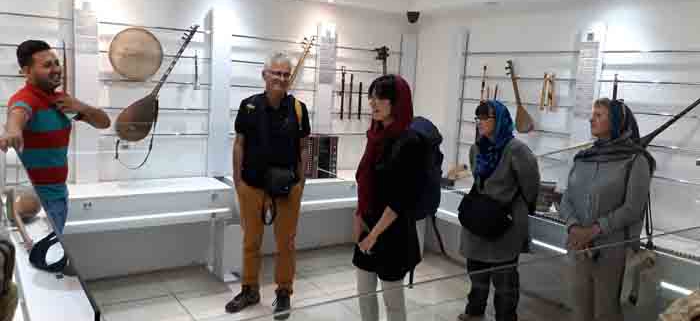
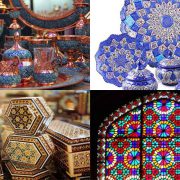
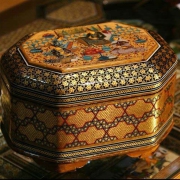
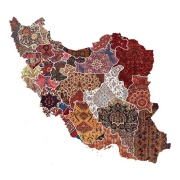
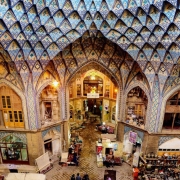
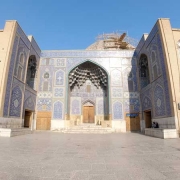
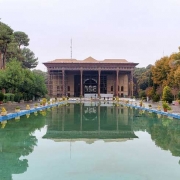
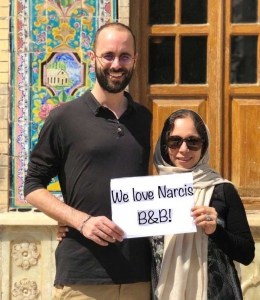




Leave a Reply
Want to join the discussion?Feel free to contribute!